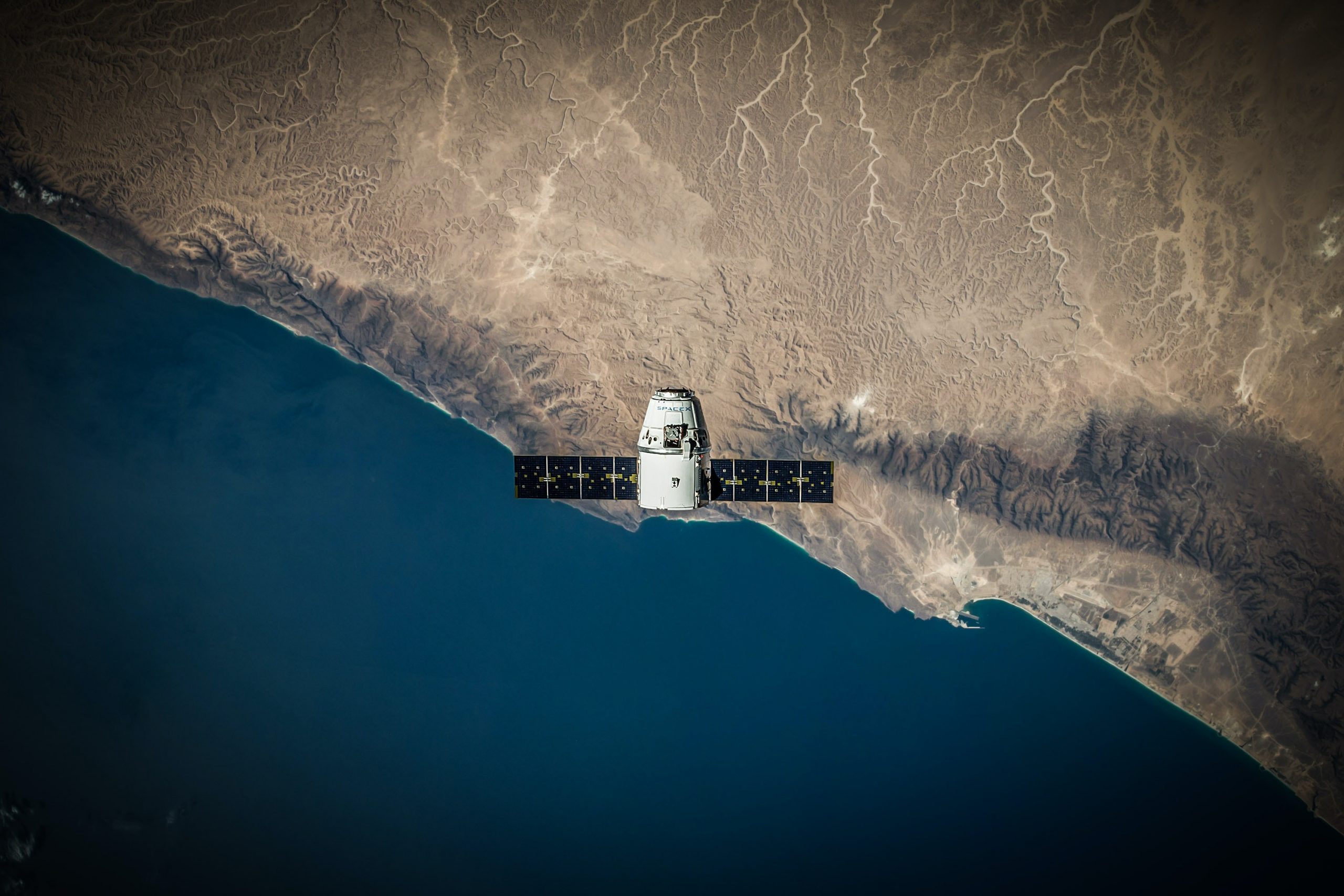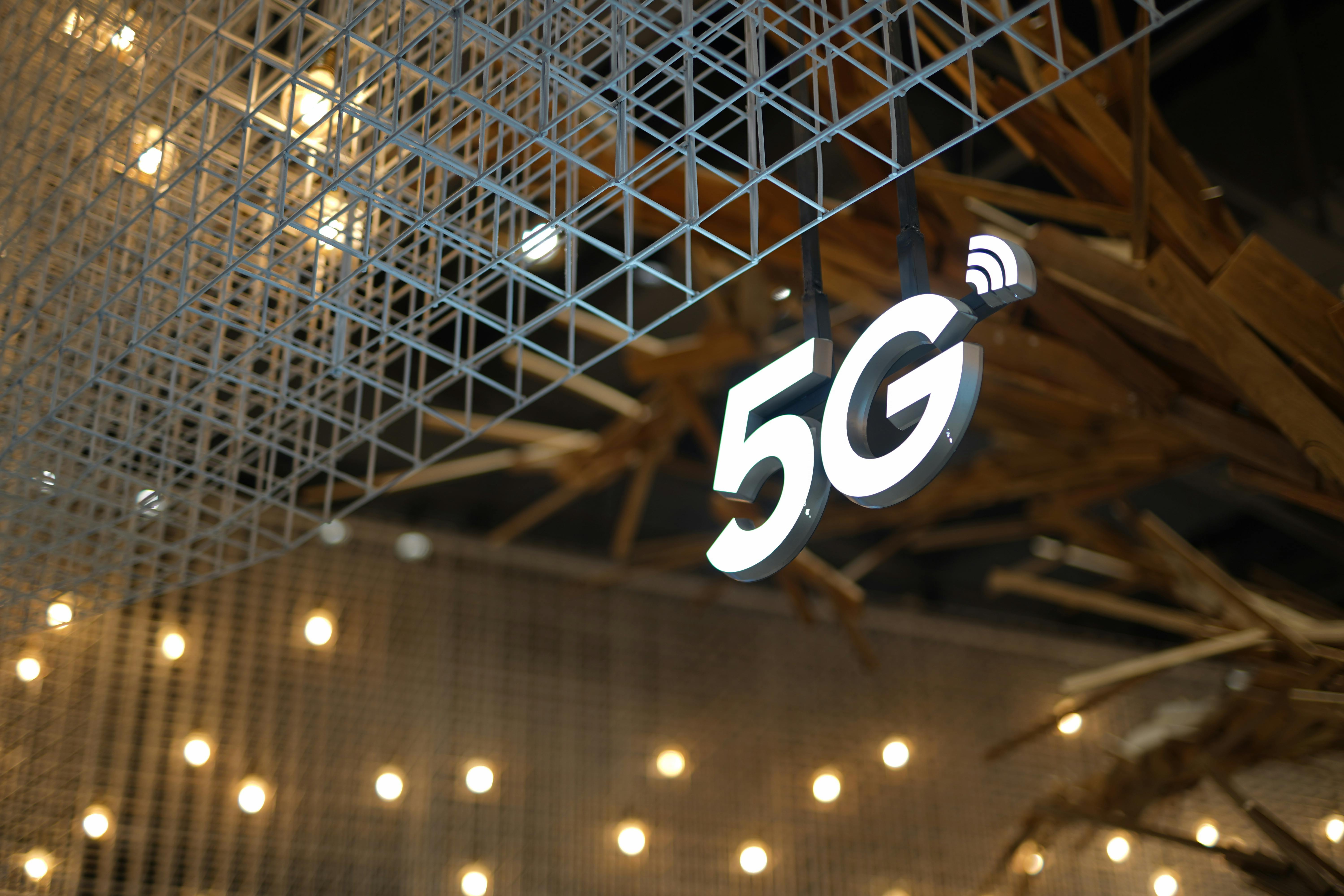
Global leader in network intelligence, Ookla, also well known for their free web service on network performance analysis Speedtest.net, have published their latest data for the last quarter of 2022.
Their latest study reports on the internet download, upload and latency performance for UK customers (as well as other countries) using SpaceX’s Starlink Low Earth Orbit (LEO) ultrafast satellite broadband.
The report found that the Starlink satellite broadband speeds are on the rise.
What is Starlink?
You can read more about Starlink on one of our previous blogs here.
Starlink satellite broadband is made up of a constellation of approximately 3680 low earth orbit satellites. By next year they plan to have 4425, and then 7500 by the end of 2027.
Here in the UK, a customer of Starlink can expect to pay a £460 fee for the regular home kit (standard dish, router) plus £40 shipping and then £75 per month for the ‘standard’ plan. On the standard plan you can expect unlimited usage, fast latency times (25-50ms), downloads of between 50 and 200Mbps and uploads of between 5 and 15Mbps.
As the network continues to grow, it’s possible that the speeds will change.
Remember though – Speeds can differ out in the real world and aren’t always the same as the performance advertised by the ISP.
Starlink Speeds
Back in the second quarter of 2022, the report showed that Starlink’s average download speeds had fallen between then and the year before in the UK and other countries including France, Germany and USA. Here in the UK speeds had dropped by 19%.
Thankfully, the data from the last quarter of 2022 shows that speeds are starting to rise again.
But speed isn’t the only thing to look for. A good user experience is also about consistently lowering latency, and Starlink seems to have lowered the latency from an average of 36-39ms to 53ms. Remember with latency, the lower figures are faster!
What Were Starlink’s UK Broadband Speeds Over the Last Year?
Below are the download, upload and latency speeds for each quarter between 2021 and 2022. You can see that latency was about the same figure for about a year, before improving over the last quarter of 2022.
You can also see how upload and download speeds were increasing quarter on quarter Q2 2022 where they both dropped. The latest figures for Q4 2023 appear to show the upload and download speeds starting to improve once again.
This could be the increase in the number of LEO satellites being launched. As the network gets bigger and more LEO satellites are orbiting earth, we could see Starlink satellite broadband speeds continue to increase as well as improved latency.
Q4 2022
Download 96.79Mbps
Upload 12.40Mbps
Latency 53ms
Q2 2022
Download 85.07Mbps
Upload 10.72Mbps
Latency 39ms
Q4 2021
Download 121.94Mbps
Upload 13.96Mbps
Latency 36ms
Q3 2021
Download 111.66Mbps
Upload 16.02Mbps
Latency 37ms
Q2 2021
Download 108.30Mbps
Upload 15.64Mbps
Latency 37ms
Starlink Satellite Broadband for Rural Areas
We’ve written before about how transformative satellite broadband can be for more rural areas – Both homes and businesses.
These clients are likely to struggle with the standard fixed line broadband options, and even some mobile (4G/5G) services. For people who live and work in rural areas, the speeds above that Starlink satellite broadband can offer are going to be gladly received compared to the other much slower options.
Get in Touch
If you are interested in how Starlink satellite broadband could help your home or business, please get in touch with our Wi-Fi experts today. We work out of Hampshire, London and Cardiff offering Wi-Fi solutions to transform your connection.



